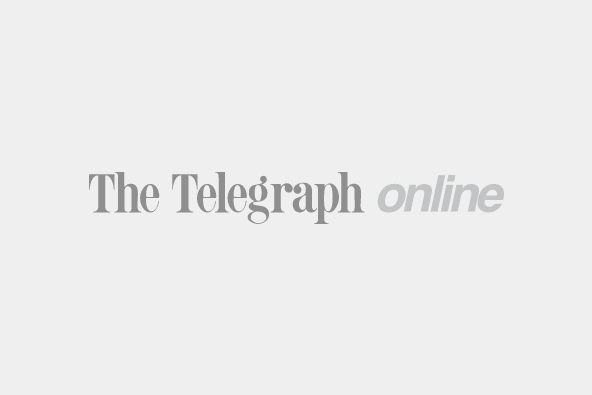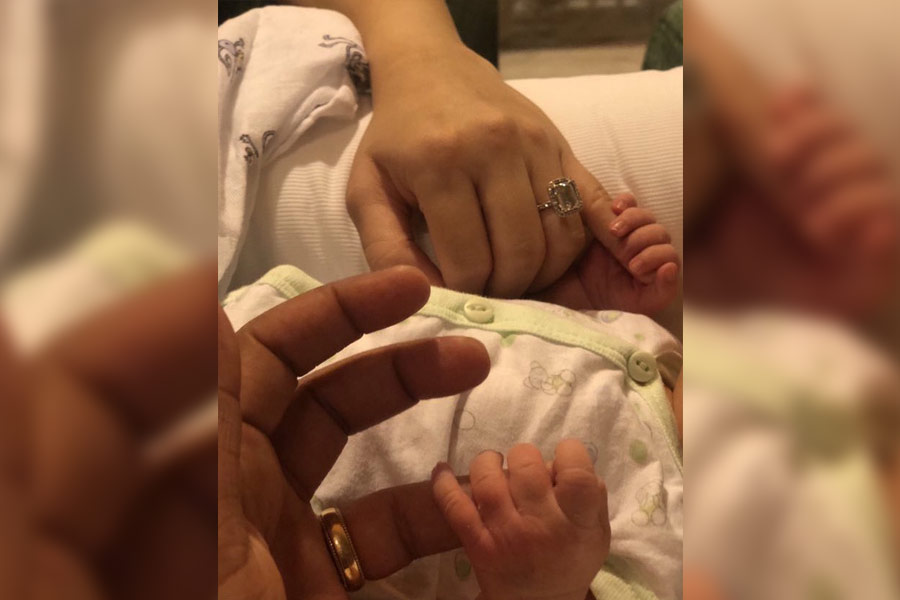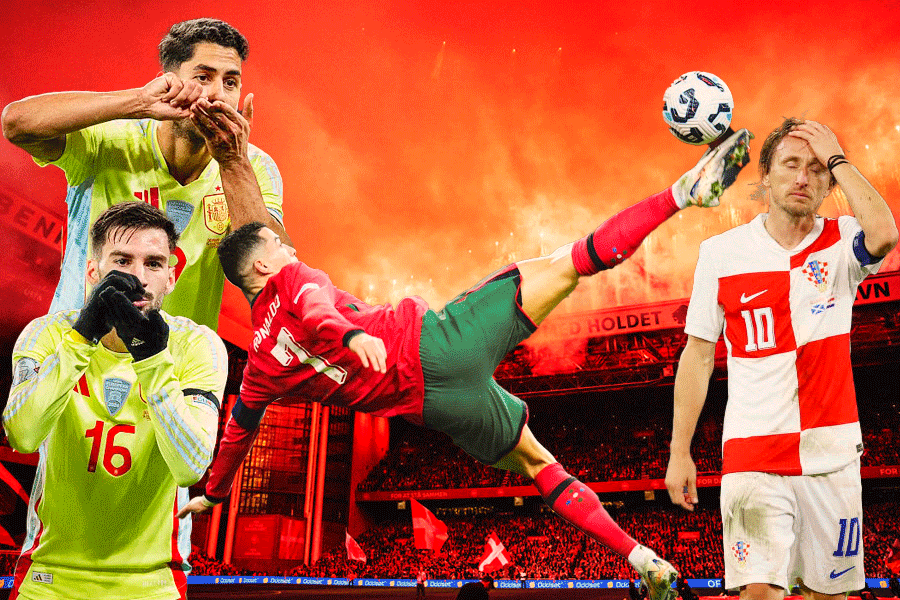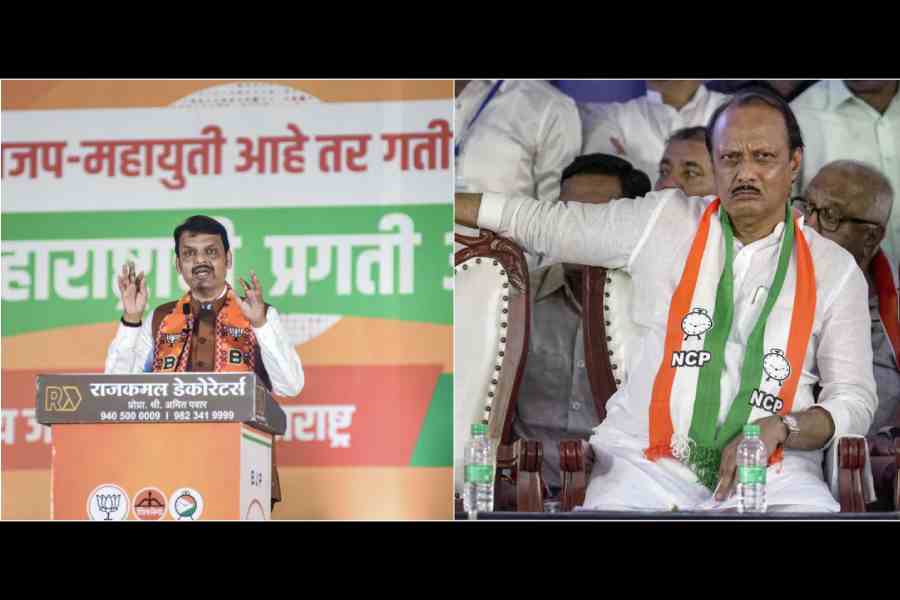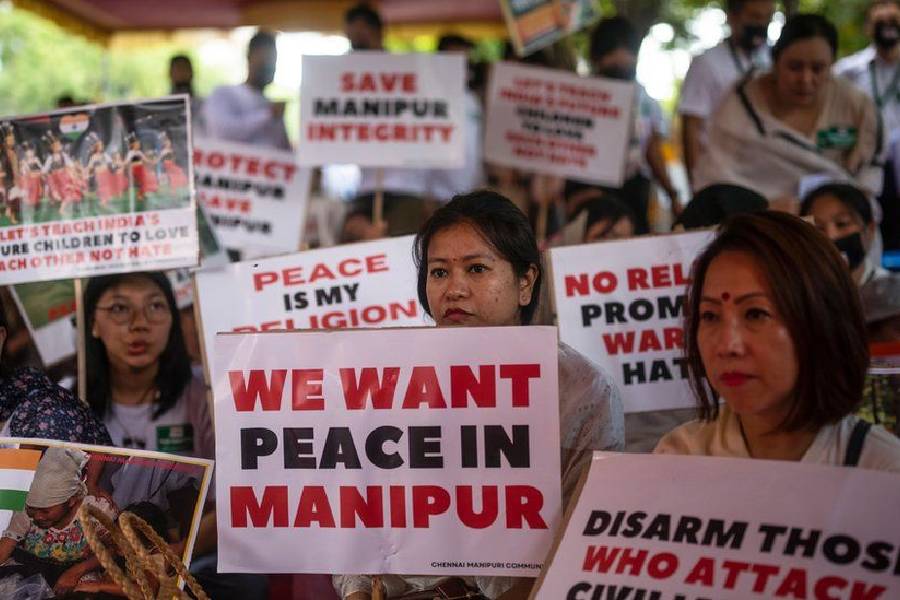Uri town has bucked the trend of abysmal poll percentage in the municipal elections in the Valley, clocking a robust turnout of 75 per cent and unravelling a divide that “Kashmiri nationalism” is finding difficult to bridge.
In the third phase of polling on Saturday, the voting percentage was a meagre 3.5 in Kashmir, continuing the trend of poor turnout recorded in the first two phases.
But despite a boycott call by the separatists and the two key local players — the People’s Democratic Party and the National Conference — staying away from the election process, 75 per cent of the 3,500-strong electorate of the Uri municipal area turned out to vote.
Separatists and parties such as the NC and the PDP have ideologies based on varying degrees of “Kashmiri nationalism” — the separatists favouring outright secession from India and the others seeking greater autonomy for the state. The NC and the PDP decided to stay away from the municipal polls after failing to extract from the Centre an assurance on safeguarding the state’s special status.
In Uri and the six Muslim-majority districts of Jammu — which have large populations of Paharis and Gujjars, or Baltis in case of Kargil — people have overwhelmingly supported the elections. People of these areas, although Muslims, do not speak Kashmiri.
Although Jammu has a Hindu majority as a whole, Muslims are in the majority in six districts — in the Chenab Valley and the Pir Panchal sub-regions. Muslims also form the majority of the population in Kargil district of Ladakh, which too has ignored the poll boycott call.
The Chenab valley has a large Kashmiri-speaking population, but the azadi camp — perhaps because the region is under the administrative control of the Jammu division — has not succeeded in connecting with them.
The voter turnout in municipalities across Kashmir in the first two phases was woefully low barring Sumbal, Handwara and Kupwara, which witnessed polling percentages of 36, 33 and 26, respectively.
The turnout in these three municipalities was largely because separatist-turned-pro-India leader Sajjad Lone, who is a BJP ally, is in the fray. He is popular in these areas.
Despite impressive voting in Jammu’s Samba, the state recorded a total turnout of 16.4 per cent in the penultimate third phase. It had been 57 per cent in the first phase and 31.3 per cent in the second.
Chief electoral officer Shaleen Kabra said the cumulative poll percentage for the three phases was 41.9 per cent.
Chowdhary Zulfiqar, the PDP legislator from Jammu’s Rajouri, dispelled the notion of a divide.
“As far as Article 35A (which confers special status on Jammu and Kashmir) is concerned, we are all one,” he said.
“At the same time you should know we are not the (hardline separatist) Hurriyat. Unlike them, we did not call for a poll boycott, only deciding against participating. People were free to participate as there were local issues involved.” Zulfiqar said.
An NC leader in the Chenab valley said the BJP had made inroads in the region and many (Muslims) had come out to vote to defeat the BJP’s candidates.

